LEARN / ARTICLE
CAZ Stories: Green Montessori School Successfully Achieves 87% Improvement in Air Quality
CAZ Stories is a series of articles highlighting the significant impact of the Clean Air Zone in diagnosing and mitigating indoor air quality issues for businesses in Indonesia. For more information, read our previous CAZ Stories:
- AC Ventures
- Mighty Minds Preschool
- Global Shipping Company
- Mazars Indonesia
- IShine Kelapa Gading
- YCAB Foundation
- New Zealand School
- Kinderfun Preschool
- HEI Schools
Air pollution is a problem that affects communities in many countries, including Indonesia. Especially in cities with high pollution levels like Jakarta, where the average pollution level in 2023 reached 38 µg/m3. This condition is certainly unsafe for residents there as the existing pollution far exceeds the National Ambient Air Quality Standard (NAAQS) of 15 µg/m3 annually. This figure is also nearly 8 times higher than the WHO annual guideline.
WHO has identified PM2.5 as a dangerous pollutant due to its very small size, making it easily able to enter the lungs when we breathe. PM2.5 poses a threat to the entire general population, but its risks are even more significant for sensitive groups, including children under five and adults over sixty.
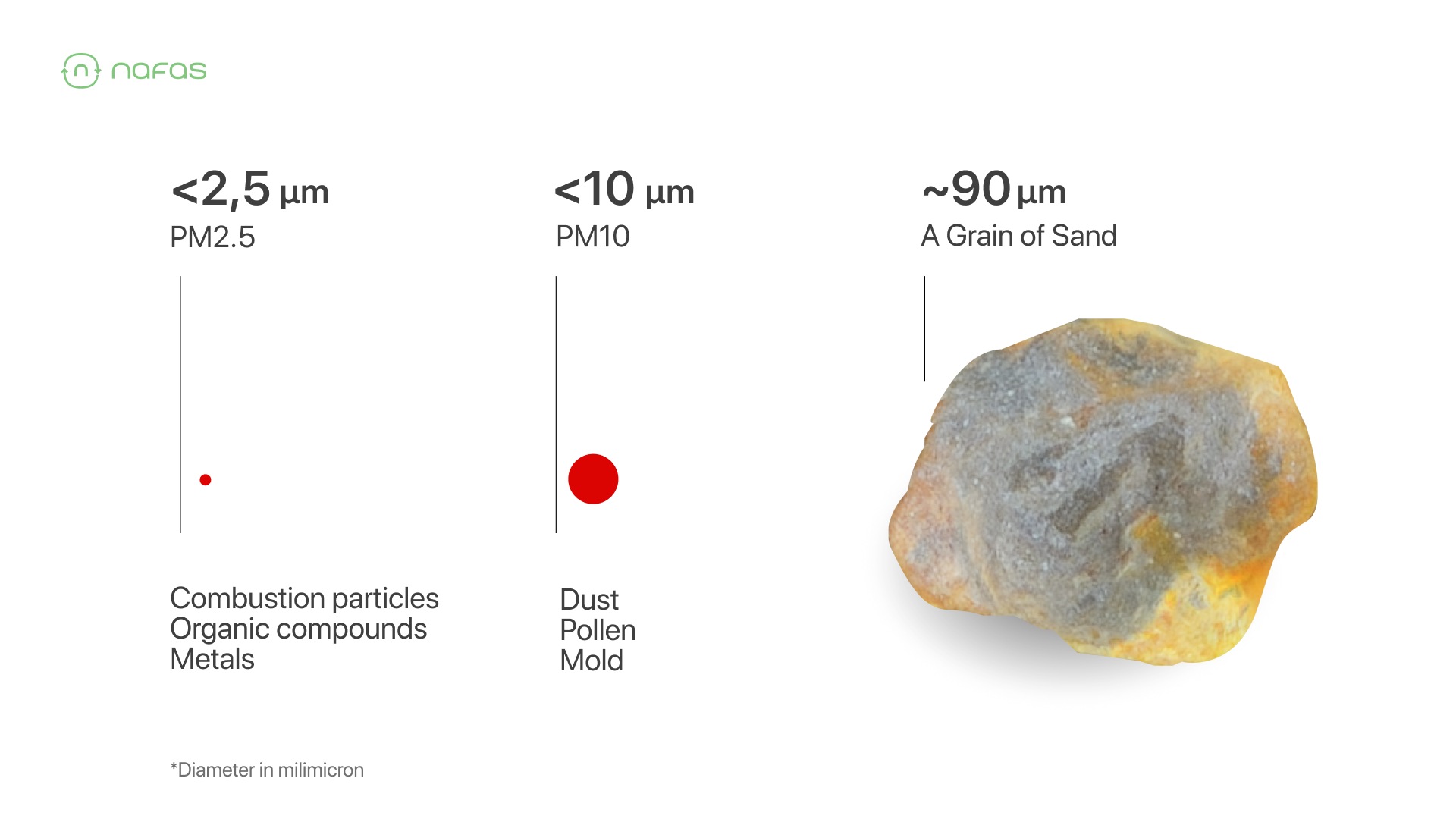
Based on tests conducted by the Nafas team in the field, the level of outdoor air pollution leaking into indoor spaces can reach 100%. This is worrying, especially for people living in polluted cities like Jakarta.
Some time ago, Nafas released an article titled "Our Buildings Make Us Sick" highlighting the fact that air pollution is not only an outdoor problem but also an indoor one.
In highly polluted cities, indoor air quality is often as high as outdoor air quality. This means that outdoor air pollution can enter buildings and contaminate the air we breathe. This can happen in various buildings, from homes to offices to our children's schools.
The Impact of Air Pollution in Schools on Children
A study published in the Kosin Medical Journal by researchers from South Korea and Japan investigated the short-term effects of PM2.5 on children. The results of the study revealed a 9% increased risk of asthma attacks in children when PM2.5 concentrations increase by 10 μg/m³ from a baseline of 15 μg/m³ on the day before asthma attacks (Lee et al., 2018).
Aware of this concerning issue, Nafas partnered with Green Montessori School to improve indoor air quality at the school to create a healthy environment for students, teachers, and school staff.
Problem: Unhealthy Air Quality at Green Montessori School
To assess the level of outdoor air pollution entering the indoor classrooms of Green Montessori School, Nafas utilized air quality monitors connected to a cloud system. These devices monitor PM2.5 levels, CO2 levels, temperature, and humidity.
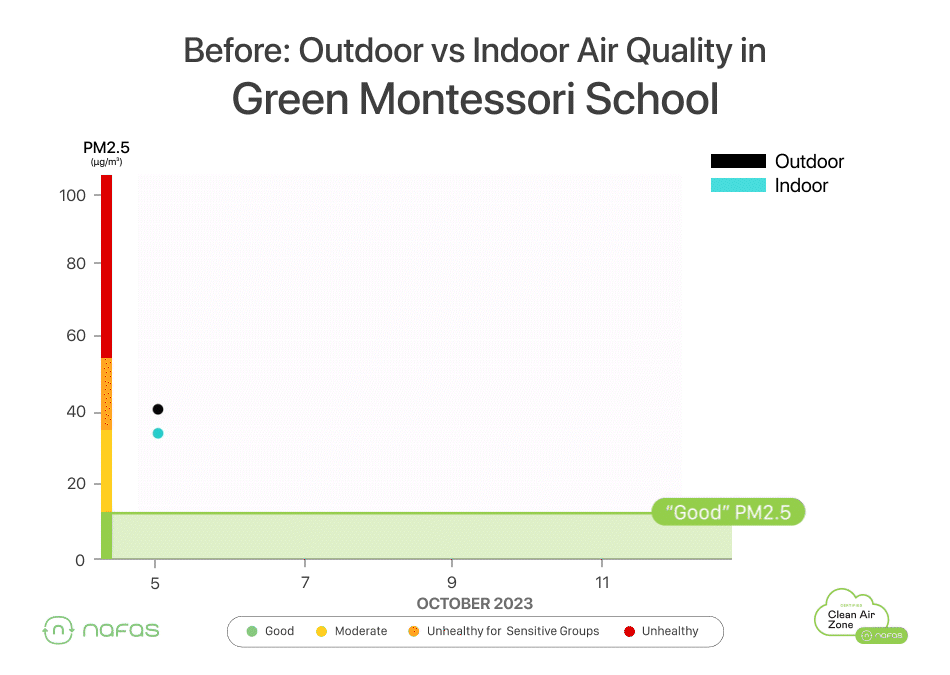
During the diagnostic phase, the results were concerning: the levels of indoor and outdoor air pollution were nearly the same. From the indoor air quality data collected at Green Montessori School in October 2023, both trends of pollution levels, both indoors (represented by the blue line) and outdoors (indicated by the black line), were almost equally high. Pollution levels often exceeded 15 µg/m³, or the 'Good' air quality limit recommended in air pollution studies.
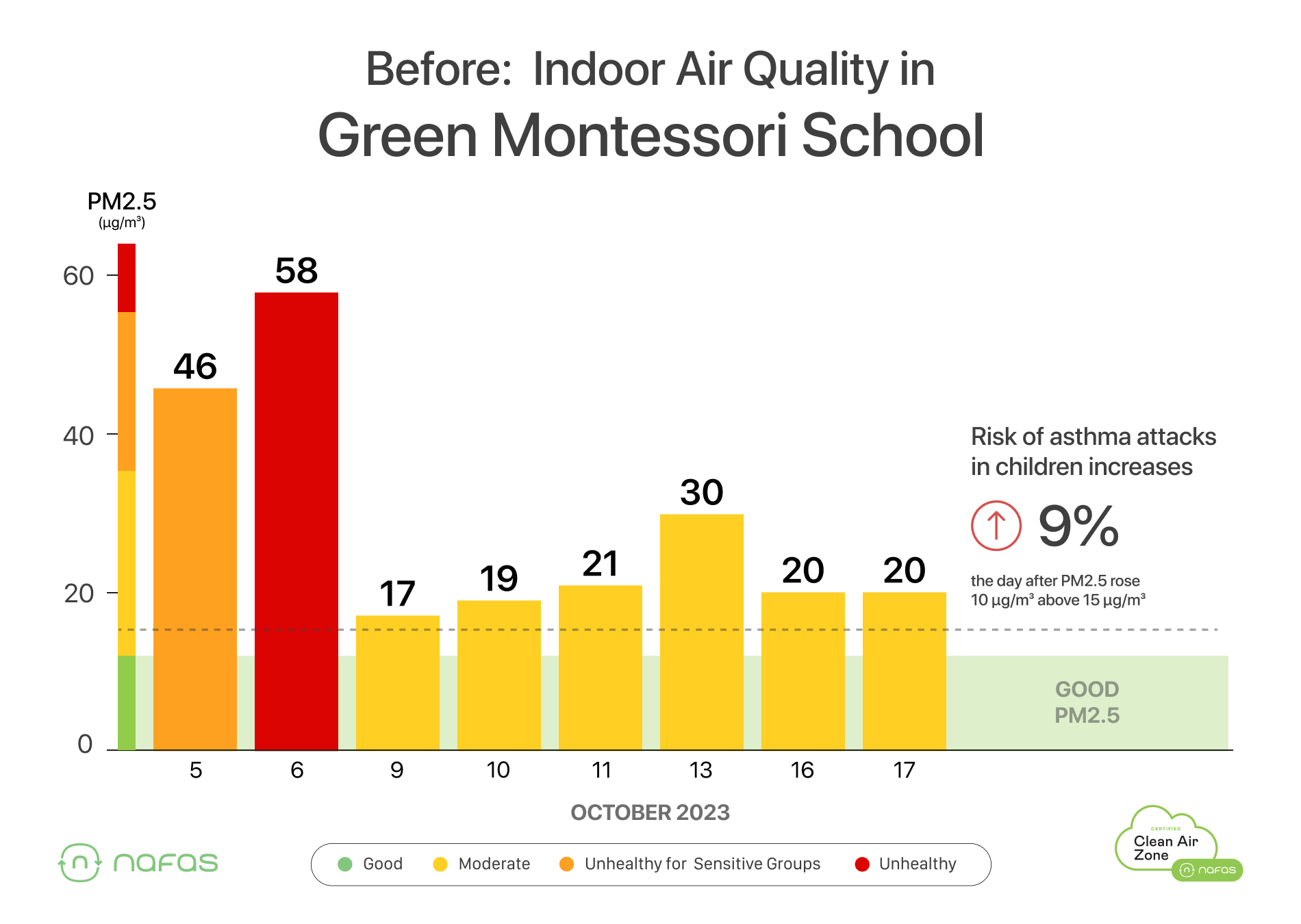
Field survey results showed a spike in PM2.5 pollution inside Green Montessori School classrooms, reaching 58 µg/m³, exceeding nearly four times the maximum recommended limit by the study, which is 15 µg/m³!
The school building design was inadequate to filter outdoor air pollution and maintain air health in classrooms. This situation highlights the urgent need for air purifiers in school classrooms for a safer and healthier environment for students, teachers, and school staff.
Solution: Transforming Green Montessori School into a Clean Air Zone
In order to improve indoor air quality in buildings in polluted cities like Jakarta, Nafas has developed the Clean Air Zone system. This ecosystem has been designed comprehensively to maintain healthy indoor air quality throughout school operating hours. This can be achieved through an automatic and integrated system that includes accurate air quality measurements, effective air filtration techniques, strong certification standards, and data-driven programs involving relevant parties.
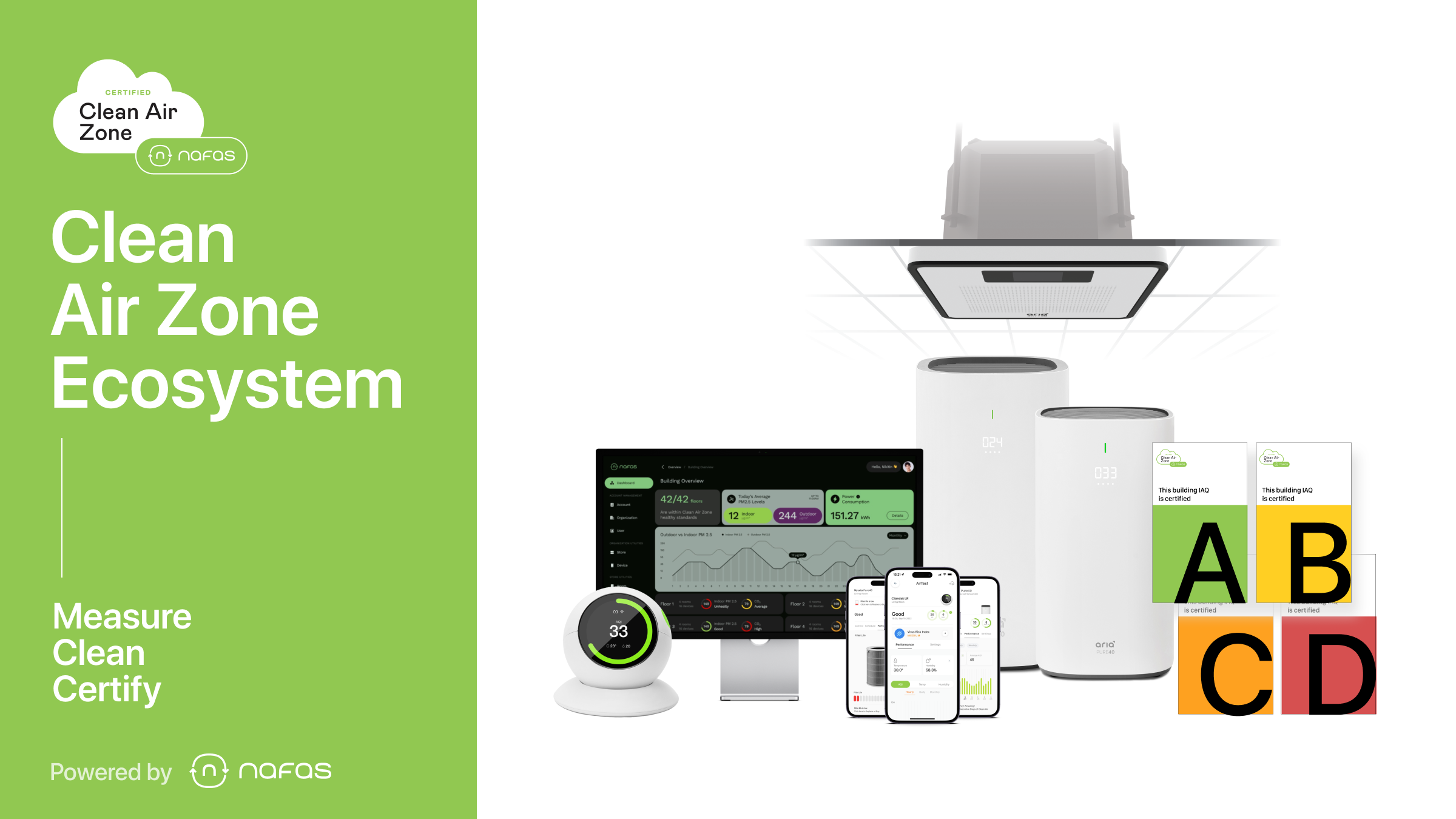
Our services are available through a subscription model with no upfront investment. The Clean Air Zone ecosystem can help improve air quality in schools easily and practically.
Results: Pollution at Green Montessori School Reduced Significantly

Green Montessori School has officially become a Clean Air Zone. The collaboration between the school and Nafas emphasizes the importance of healthy air in school classrooms.
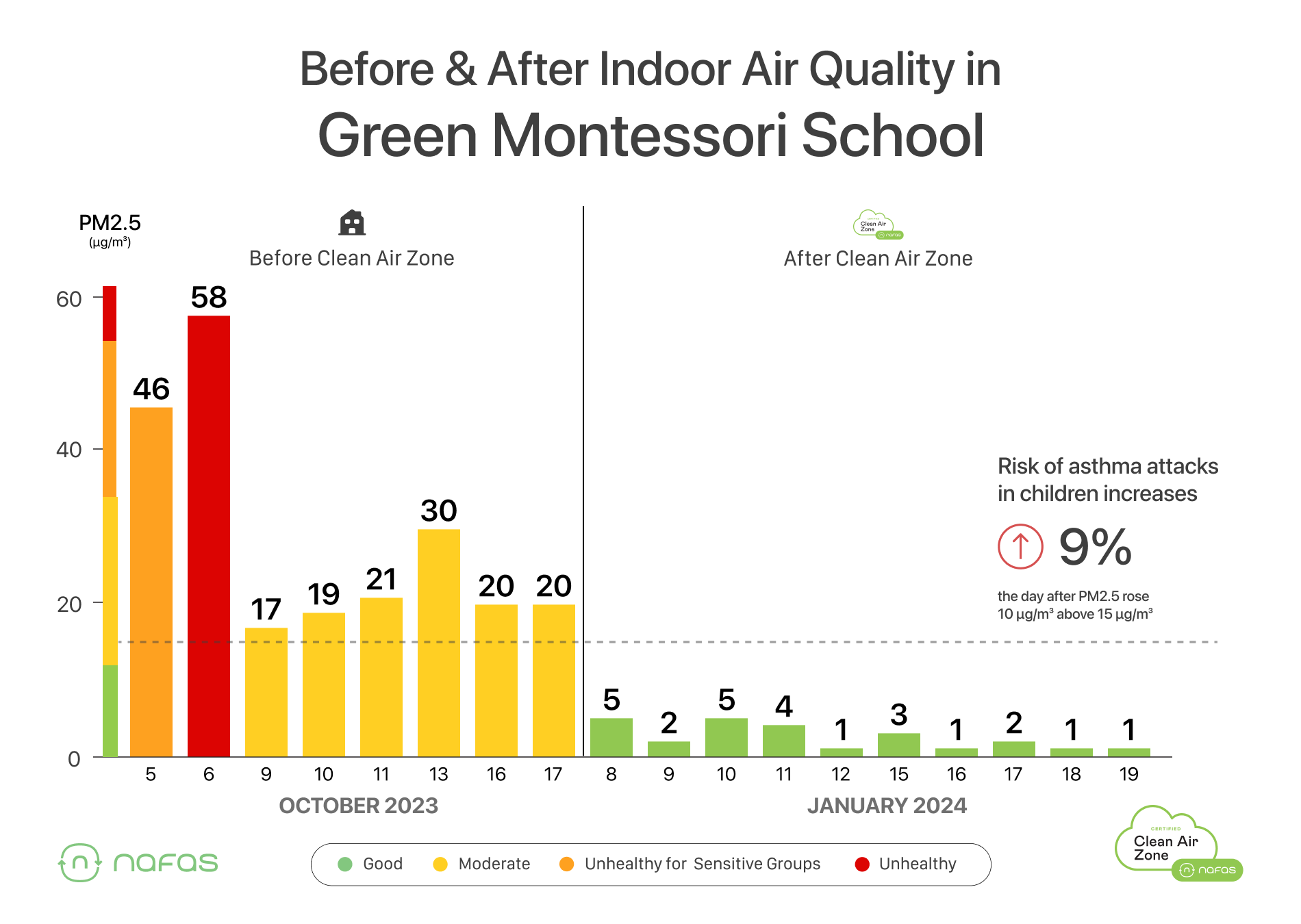
Data from January 2024 shows that the Clean Air Zone ecosystem has successfully maintained healthy air quality in Green Montessori School classrooms during school hours. Air quality data collected by the Nafas team during December last year showed significant indoor air quality improvements before and after Green Montessori School became a Clean Air Zone, and during and after school hours. This initiative has successfully reduced health risks such as asthma attacks in children.
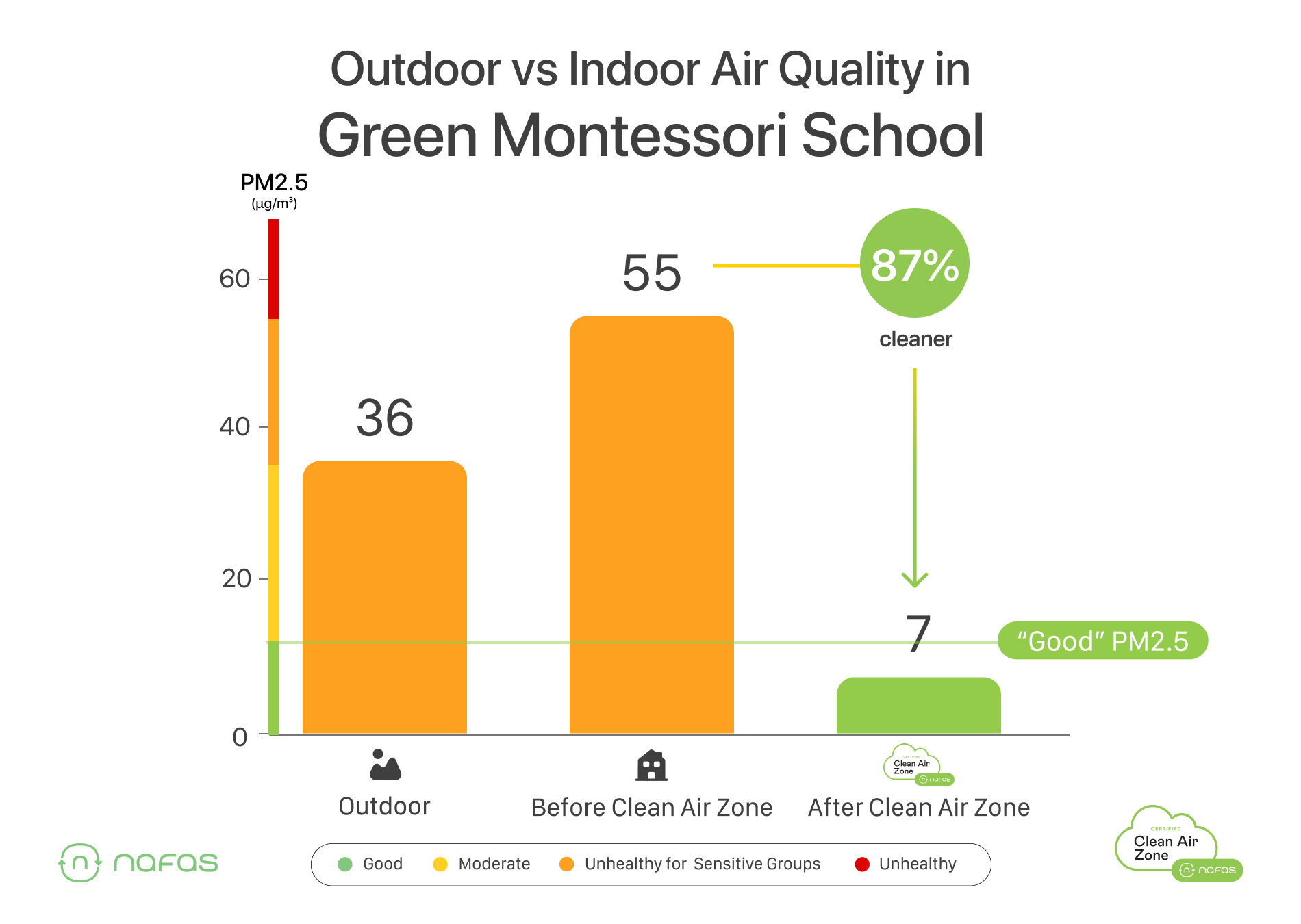
As a result, air quality at Green Montessori School improved by 87% after becoming a Clean Air Zone! Now, everyone consistently breathes clean and healthy air during school hours.
Monthly Air Quality Report
Through the data-driven Clean Air Zone service, Green Montessori School will receive monthly reports containing air quality metrics for the previous month. The school can share this information with parents, teachers, staff, and stakeholders at the school. Below is an illustration of the report that the school will receive every month:

Becoming a Clean Air Zone is So Easy
Interested in ensuring that the air quality at your school is always healthy? Feel free to contact us at [email protected] or click the link below. Let's join our mission to make clean air the standard in our children's schools!
